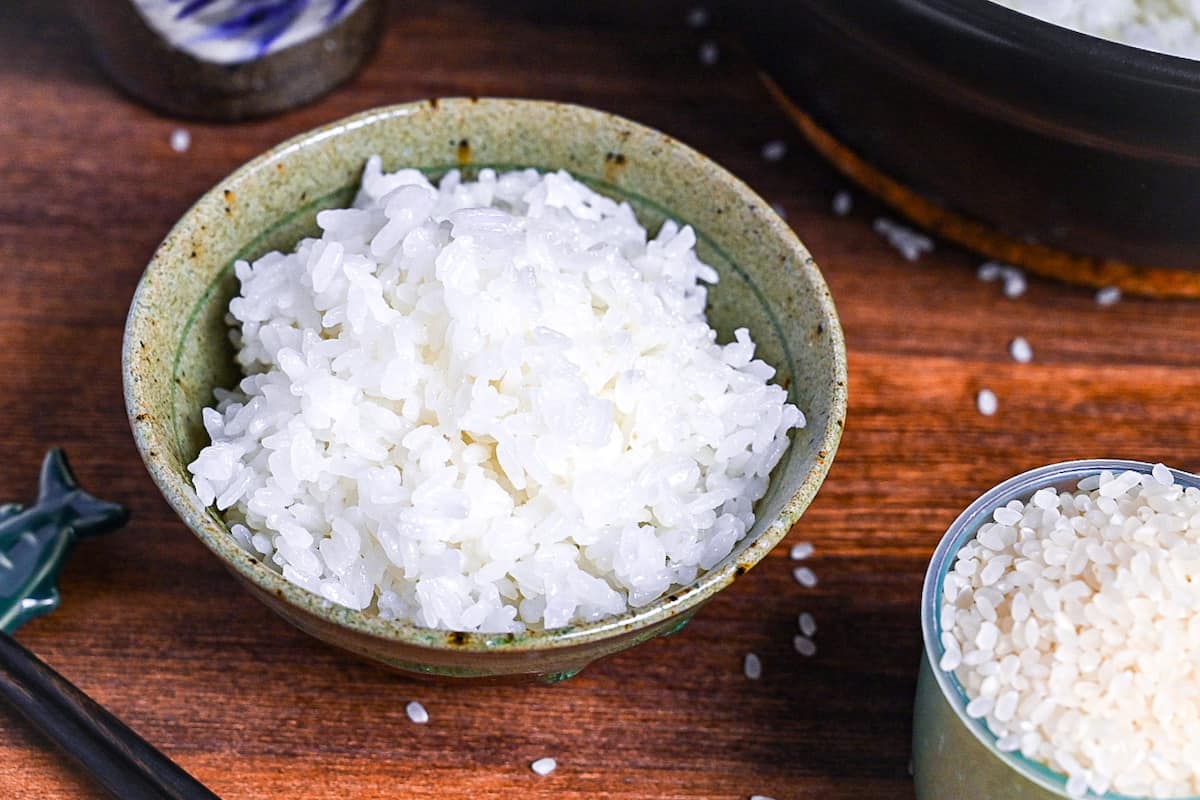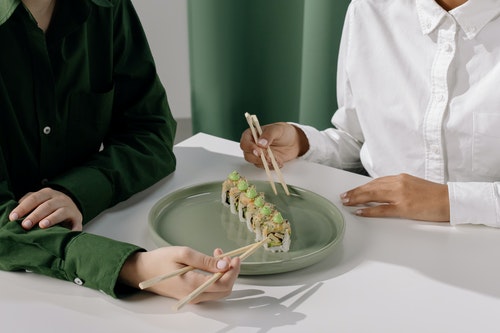The art of making sushi has been refined over centuries, and at the heart of this culinary tradition lies the evolution of sushi rice. From its humble beginnings to the sophisticated forms we enjoy today, the sushi rice evolution is a testament to culinary innovation and cultural exchange. Understanding the journey of sushi rice not only enriches our appreciation of sushi but also highlights the intricate relationship between food and culture.

Origins of Sushi Rice
The history of sushi rice can be traced back to ancient Asia, where it was initially used as a means of preserving fish through fermentation. This method, known as ‘narezushi,’ involved packing fish with rice and salt, allowing it to ferment over several months. The rice was discarded after fermentation, and only the fish was consumed.
Over time, the method evolved, leading to the development of ‘haya-zushi,’ a process where both rice and fish were consumed together. This marked a significant step in the sushi rice evolution, as it laid the foundation for modern sushi.
The Transition to Modern Sushi
As sushi spread across Japan, regional variations began to emerge. The Edo period witnessed the birth of ‘Edomae sushi,’ which featured raw fish placed atop vinegared rice. This innovation was driven by the need for a quick meal, highlighting the evolving role of rice in sushi preparation.
In contemporary times, sushi rice has become synonymous with short-grain rice, known for its stickiness and ability to hold shape. This transition from fermented to vinegared rice is a defining moment in the sushi rice evolution.
The Role of Sushi Rice in Japanese Cuisine
Sushi rice, or ‘shari,’ plays a crucial role in the overall taste and texture of sushi. The balance between rice and fish is essential, as it harmonizes flavors and enhances the dining experience. This balance is achieved through meticulous preparation and attention to detail.
For those interested in learning more about the cultural significance of sushi rice in Japan, consider exploring this resource.
Traditional Methods of Preparing Sushi Rice
Traditional methods of preparing sushi rice involve washing, cooking, and seasoning the rice with a mixture of vinegar, sugar, and salt. These steps are critical in achieving the desired flavor and texture, emphasizing the importance of precision in sushi rice preparation.
To delve deeper into traditional sushi rice methods, visit this page.
The Global Influence on Sushi Rice
With sushi’s expansion beyond Japan, the evolution of sushi rice has taken on a global dimension. Different cultures have adapted sushi to local tastes, leading to variations in rice types and preparation techniques. This global influence has enriched the sushi experience, introducing new flavors and textures.
Modern Innovations in Sushi Rice
Modern chefs continue to experiment with sushi rice, incorporating elements such as brown rice, quinoa, and other grains. These innovations reflect changing dietary preferences and the desire to offer diverse options to sushi enthusiasts.
For a comparison of different rice grains, check out this guide.

FAQs About Sushi Rice Evolution
What is the significance of sushi rice in Japanese culture?
Sushi rice is integral to Japanese cuisine, symbolizing harmony and balance. Its preparation and presentation are considered an art form, reflecting cultural values.
How has sushi rice evolved over time?
Sushi rice evolved from a preservation method to a culinary staple, adapting to cultural and regional influences while maintaining its core characteristics.
What are some modern variations of sushi rice?
Modern variations include the use of alternative grains like brown rice and quinoa, catering to health-conscious consumers and expanding the culinary landscape of sushi.
For further insights into the evolution of sushi rice and its cultural implications, explore the origins and gluten content of sushi rice.
This article contains affiliate links. We may earn a commission at no extra cost to you.




